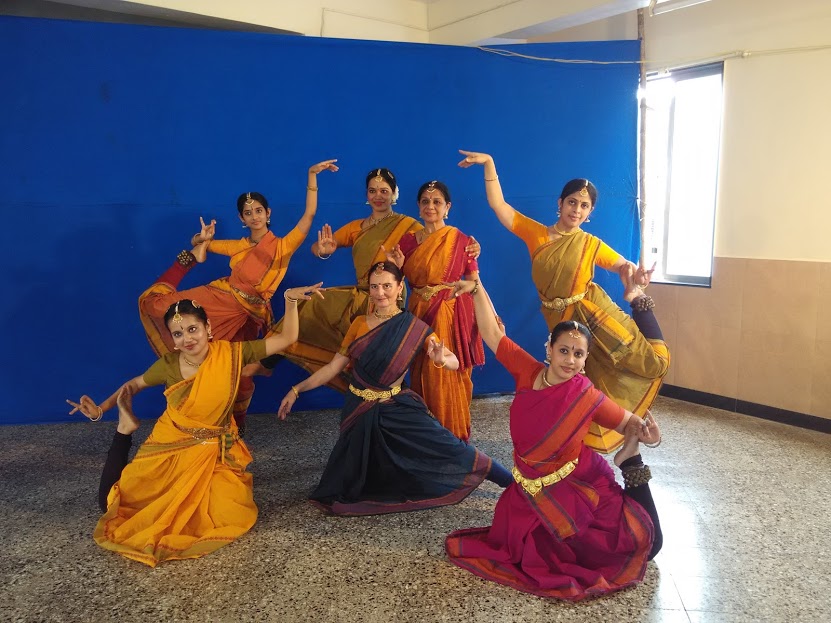-
The teaching methodology follows the pedagogy system for imparting the Marga technique
evolved by Dr Padma Subrahmanyam based on her in-depth study of the Natya Sastra
co-related with temple sculptures.
-
The students are taught and trained in the “vyayamas” [exercises] of the “anga-upanga”
[major and minor limbs of the body] and “sthanas and charis” [stances and leg movements],
culminating in the “karanas” – the 108 basic unit of dance movements prescribed
in the Natya Sastra. In this method the entire body, from head to toe is exercised
individually and in combination. Along with this, the “adavus” or “steps” which
form the basis of the present Bharata Natyam, are also taught.
-
This system is doubly enriched with the curvaceous movements of the Karanas of the
2000 year old Natya Sastra, and the angularity and straight lines of the 600 year
old Sadirattam [present Bharata Natyam]. Students are trained in the art of choreography
also. Learning music and the intricate tala-system is a must. Students are also
taught the art of make-up and basic stage décor. They are given specialized training
in nattuvangam i.e. conducting concerts by playing the cymbals.


-
Theory lessons form a very important part of the syllabus. Learning Sanskrit and
basic knowledge of our religion, philosophy and culture also form an integral part
of the teaching. They are given an insight into the beauty of Indian sculpture,
architecture and painting, showing how those proved as historical records of the
dance and music technique of the various periods.
-
This holistic approach to teaching dance has attracted several dancers and dance
teachers from varied styles, choreographers, theatre personalities, musicians, sanskritists
and philosophers to be involved in the Shiksha Shibirs and workshops conducted by
the Institution.
-
Nrithyodaya has to its credit the production of several multi-lingual thematic presentations.
It has also revived aspects of ancient Indian theatre through dance-dramas besides
conducting lecture-demonstrations and workshops in India and abroad.